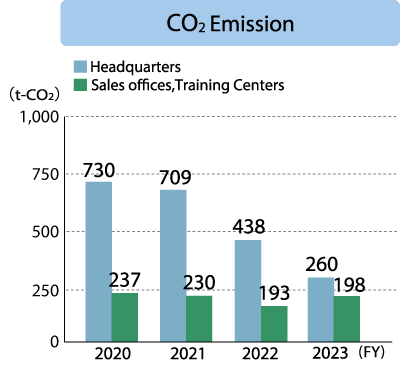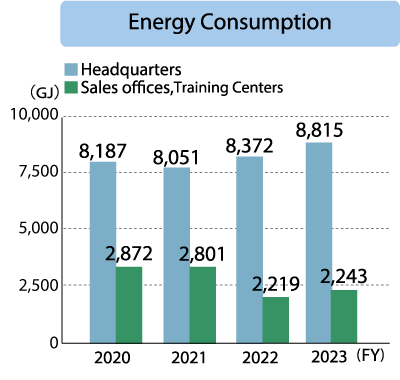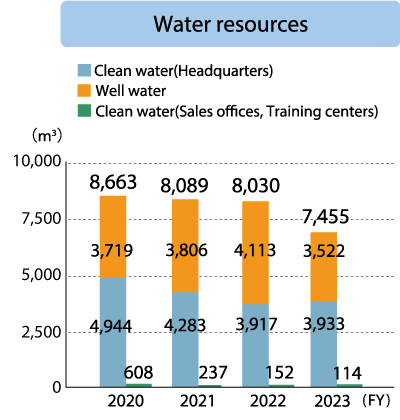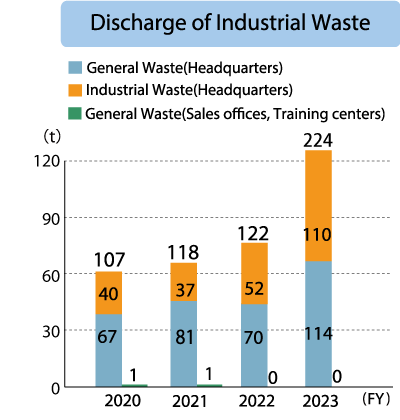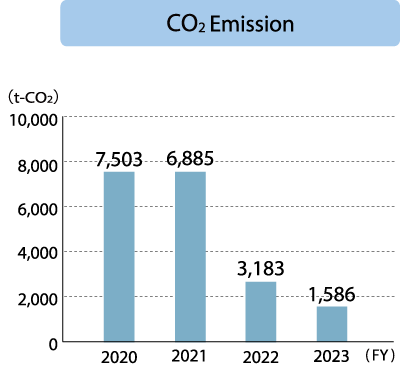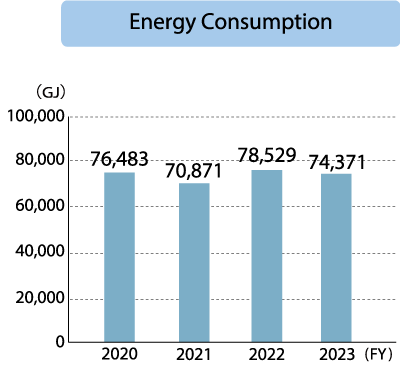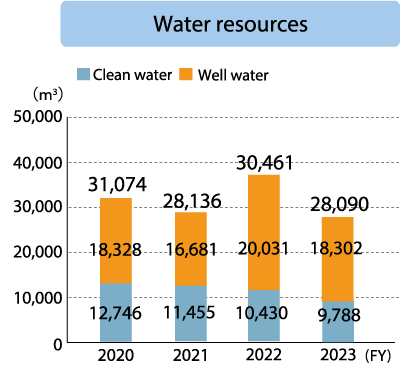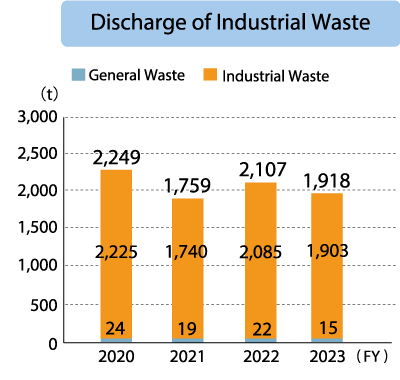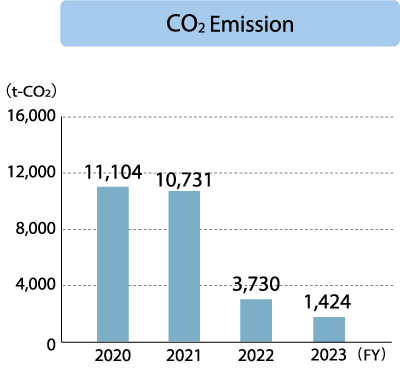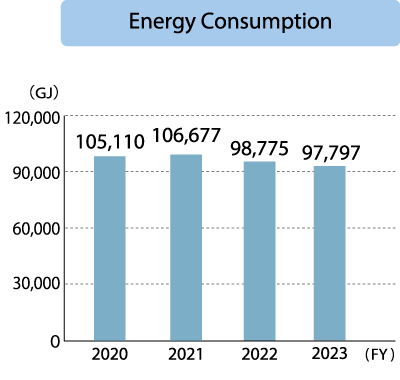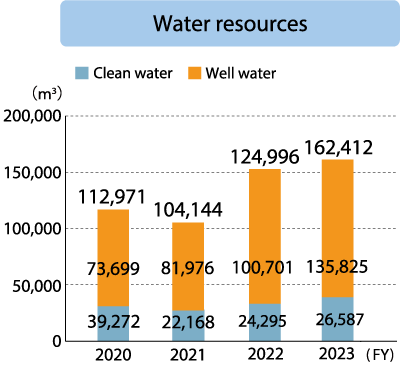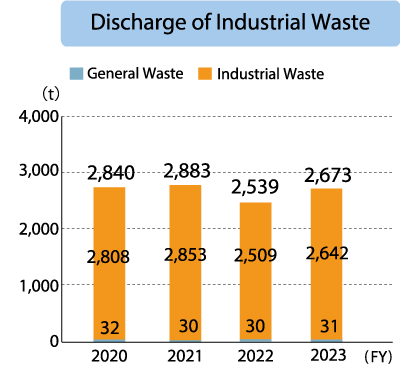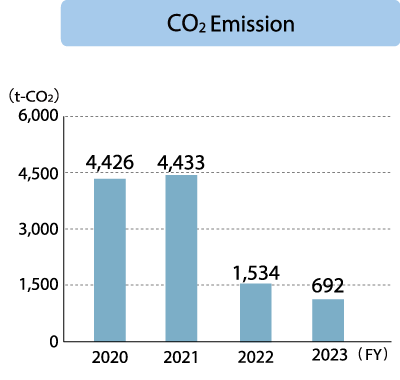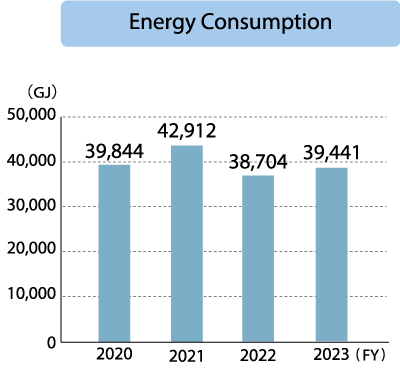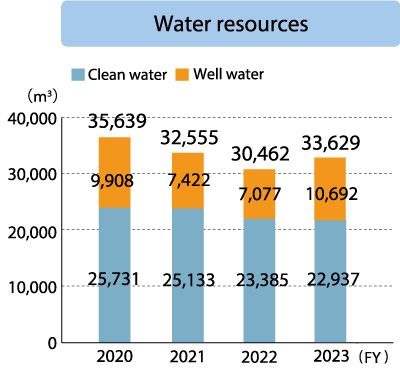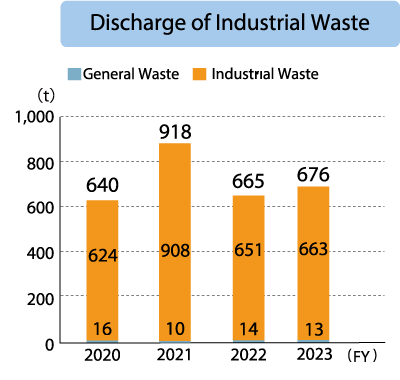KITZ Corporation
Corporate Profile
- Name
- KITZ Corporation
- Address
- Tokyo Shiodome Building, 1-9-1, Higashi-Shimbashi, Minato-ku, Tokyo 105-7305, Japan
- Established
- January 26th, 1951
- Capital
- 21,207,080,000 yen
- Executive Director
- Makoto Kohno, President
- Number of Employees
- 1,443 (As of December 31, 2023)
- Business Activities
- Manufacture and sales of flow control devices (valves and other related products)
Valves, other fluid control equipment and their accessories
- ISO Acquisition
- ISO 9001 (November 1989 at the Nagasaka and Ina plants, March 2013 at the Chino plant)
ISO 14001 (December 1998 at the Nagasaka plant, January 2000 at the Ina plant, December 2001 at the Chino plant)
Headquarters
Nagasaka Plant
Ina Plant
Chino Plant
Examples of environmental activities
Responding to climate change
Reducing environmental impact of offices
At headquarters, the office conducts a variety of energy-saving activities to reduce its environmental impact. In addition to the strict control of air-conditioning temperatures in the building as in the previous fiscal year, the company saved electricity by controlling the inverter output of air conditioners and using only the necessary but sufficient lighting. Through these efforts, KITZ was able to achieve the stable use of electricity without exceeding the maximum power capacity.
Reduction of carbon dioxide (CO₂) emissions
The Nagasaka plant switched the fuel used in the production process from LPG (liquefied petroleum gas) and bunker A to LNG (liquefied natural gas), and the operation began in January 2016. Fuel conversion to LNG was carried out using the government subsidy for measures to reduce carbon dioxide emissions to reduce carbon dioxide (CO₂), one of the causes of global warming.
Upgrading to high-efficiency equipment
In March 2017, KITZ refurbished the outdated melting furnace at the Nagasaka plant. More efficient production now makes it possible to reduce power consumption.
Energy conservation: Yamanashi Energy Conservation Smart Company Award
The Nagasaka plant received the 2017 Yamanashi Energy Conservation Smart Company Award. The Energy Conservation Smart Company Award is given by Yamanashi Prefecture for a company that has been actively and continuously engaged in energy conservation measures and has achieved excellent results. The Nagasaka plant was honored with the prestigious Grand Prize for the achievements of its six years of activities in response to the 2011 Great East Japan Earthquake.
Received the Award for Excellence in Energy Management by the Director-General of the METI-Kanto
The Nagasaka plant received the Award for Excellence in Energy Management by the director-general of the Kanto Bureau of Economy, Trade and Industry (METI-Kanto) in fiscal year 2020. This award is granted to further disseminate and promote energy saving by the METI-Kanto, the Ministry of Economy, Trade and Industry, to businesses that have long promoted energy management, produced outstanding achievements, and can serve as a model for other companies. The plant set targets for reducing energy, waste, and water resources, each department operates the environment management program (EMP) to achieve the targets, and plant management undertakes reviews of the utility equipment, including compressors. As a result of these efforts, energy efficiency improved by 5.7% on an average of five years, which was highly rated and for which the award was given.
Introduction of solar power generation systems
The Ina plant installed 100 kW solar panels, and the total of the three plants is 197 kW.
Waste management
Turning iron-based slag into valuable resources
The Nagasaka plant worked to turn iron-based slag, which had previously been discarded, into a valuable resource. Iron-based slag is the impurities that are removed during the casting of metallic materials. The plant successfully reduced waste by processing the slag into a valuable resource that can be recycled into roadbed and cement materials.
Resource saving
Reduction of new pallet purchases by establishing its repair system
The Nagasaka plant differentiates between the pallets used on the premises and ones delivered to customers. The plant working to reduce the number of new pallet purchases and disposal by repairing and reusing all pallets.
Polishing machine was introduced for pallet repair
The Ina plant sands down the surface of dirty or worn pallets for reuse by customers and tries to cut down new pallet purchases and reduce waste.
Material reduction through model changes of JIS standard valves
The Chino plant is working to reduce metal materials by implementing model changes, such as thinning the metal parts of JIS standard products as long as they comply with the Industrial Standardization Act. JIS standard valves are standard-compliant products manufactured with design and quality control based on the Industrial Standardization Act.
Recycling of used copy paper
The Chino plant installed an office papermaking machine (“Paper Labo”) and started operation in 2019. The introduction of Paper Labo significantly reduces the costs of purchasing copying paper and collecting and conveying used paper for disposal. Paper Labo is also expected to reduce the environmental impact by reducing the amount of virgin pulp consumption for papermaking as well as the emissions of CO₂ and exhaust gas and the consumption of fossil fuels caused by the transportation of pulp.
Contact us
For inquiries about product technology, product purchases,
catalogs, and quality

